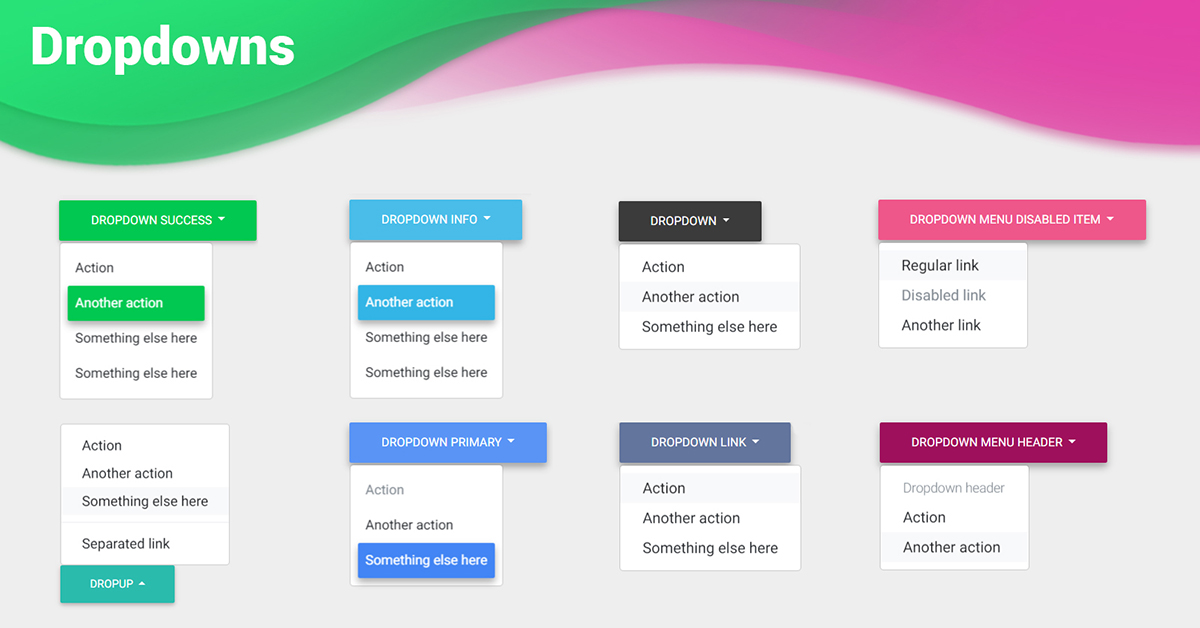

Stop the animation when a user scrolls down to 700px. It’s time for the animation! Let’s wrap every image with component and provide required transitions with parallxData Foregroundįor the foreground, let’s start the animation right away when scrollTop is 0. Now, let’s put all three images in our app, position them on top of each other with position: fixed, and put the correct z-index so that our foreground layer is on top. We will need a foreground layer with leaves, a background layer with the ocean and mountains, and the layer with the title. Recreating “The Goonies” parallax with React PLXįirst, let’s grab some assets. So that when you scroll back and forth, the animation follows the scroll. It links the animation directly to a current scroll position. React PLX is a library that produces the exact effect we are looking for. If you stop scrolling, the animation stops. If you scroll back to the top, the animation will play in reverse. The animation on The Goonies is directly linked to the scroll position. But it’s not the effect we are trying to reproduce. Most of the existing libraries trigger a predefined transition when the element hits the viewport. Let’s try to reproduce this animation technique in React. You may have noticed these mind-blowing scroll-based parallax animations around the web. We added the Bootstrap CSS and changed the title in this file.Alex Sidorenko Recreate "The Goonies" scroll animation with React To create a production bundle, use `npm run build` or `yarn build`. To begin the development, run `npm start` or `yarn start`.
#React parallax code
This lets us check the URL of the page the user is on by checking the pathname property of the location prop, letting us set the active prop of Nav.Link dynamically.įinally, in index.html, we replace the existing code with the following: Parallax App You need to enable JavaScript to run this app. We create the top bar by using the Navbar from React Bootstrap and wrap the component with the withRouter function so that we get the location prop passed into the component.

In App.js, we replace the existing code with the following: import React from "react" import TopBar from "./TopBar" import export default withRouter(TopBar) Next, we write the code for our parallax scrolling app.
#React parallax install
We need to install axios to get images from the Pixabay API, Bootstrap for styling, React Router for routing URLs into the page we create, and react-parallax to create the parallax scrolling effect. Once that finishes running, we install some packages.

Run npx create-react-app scrolling-app to build the skeleton of the app. Recreate The Goonies scroll animation with React. To start building the app, we create the app by running Create React App. You can register for an API key at Pixabay. In order to trigger it you need to pass down to react-d3-graph the node. The images will be provided by the Pixabay API. Installation: NPM npm install react-parallax -save Bower bower install. In this article, we will make an app that displays a list of images in the background with tags text in the foreground. With React, it is quick and simple to create the parallax scrolling effect with the react-parallax library. This page has some examples of web pages with parallax scrolling. Websites often use this for informational pages, where you have some text in the foreground and an image in the background that scrolls more slowly to create a more interesting experience for the user. Parallax scrolling is the effect where the background image scrolls slower than the elements in the foreground, creating an illusion of depth of the page.


 0 kommentar(er)
0 kommentar(er)
